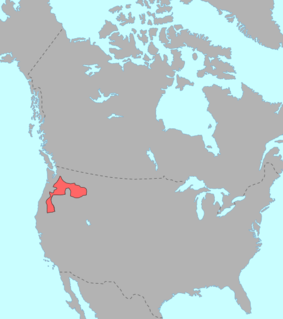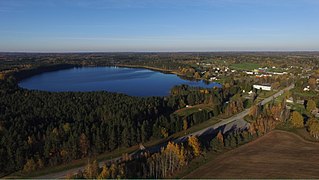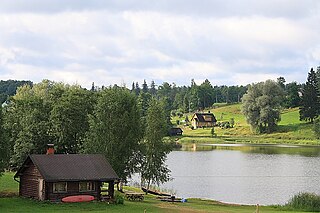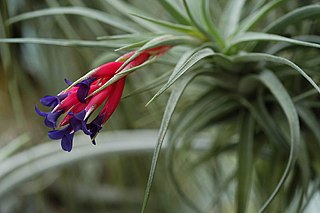Related Research Articles

The Nez Percé are an Indigenous people of the Plateau who are presumed to have lived on the Columbia River Plateau in the Pacific Northwest region for at least 11,500 years.

Hin-mah-too-yah-lat-kekt, popularly known as Chief Joseph, Young Joseph, or Joseph the Younger, was a leader of the Wal-lam-wat-kain (Wallowa) band of Nez Perce, a Native American tribe of the interior Pacific Northwest region of the United States, in the latter half of the 19th century. He succeeded his father Tuekakas in the early 1870s.

The Nez Perce War was an armed conflict that pitted several bands of the Nez Perce tribe of Native Americans and their allies, a small band of the Palouse tribe led by Red Echo (Hahtalekin) and Bald Head, against the United States Army. The conflict, fought between June and October 1877, stemmed from the refusal of several bands of the Nez Perce, dubbed "non-treaty Indians," to give up their ancestral lands in the Pacific Northwest and move to an Indian reservation in Idaho. This forced removal was in violation of the 1855 Treaty of Walla Walla, which granted the tribe 7.5 million acres of their ancestral lands and the right to hunt and fish on lands ceded to the U.S. government.

The Nez Perce National Historical Park is a United States National Historical Park comprising 38 sites located throughout the states of Idaho, Montana, Oregon, and Washington, which included traditional aboriginal lands of the Nez Perce people. The sites are strongly associated with the resistance of Chief Joseph and his band, who in June 1877 took off from Oregon in an attempt to reach freedom in Canada and avoid being forced on to a reservation. They were pursued by U.S. Army cavalry forces and fought numerous skirmishes against them.

Nez Perce, also spelled Nez Percé or called Nimipuutímt, is a Sahaptian language related to the several dialects of Sahaptin. Nez Perce comes from the French phrase nez percé, "pierced nose"; however, Nez Perce, who call themselves Nimiipuu, meaning "the people", did not pierce their noses. This misnomer may have occurred as a result of confusion on the part of the French, as it was surrounding tribes who did so.

Kimalase is a village in Rõuge Parish, Võru County in southeastern Estonia. Between 1991–2017 the village was located in Misso Parish.

Ritsiko is a settlement in Misso Parish, Võru County in southeastern Estonia.

Missoküla is a settlement in Rõuge Parish, Võru County in southeastern Estonia. Between 1991–2017 the village was the administrative centre of Misso Parish.

Pältre is a settlement in Rõuge Parish, Võru County in southeastern Estonia. Between 1991–2017 the village was located in Misso Parish.

Misso is a small borough in Rõuge Parish, Võru County, South East Estonia. Between 1991–2017 it was the administrative center of Misso Parish.

Rõuge Parish is a rural municipality of Estonia, in Võru County. In 2019, it had a population of 5,427 and an area of 933 km².

The Federated Miscellaneous Workers' Union (F.M.W.U.), commonly known as the 'Missos', was an Australian trade union which existed between 1915 and 1992. It represented an extremely diverse and disparate range of occupations, but its core support came from workers employed in cleaning and security services.

Tillandsia aeranthos is a species of plant in the genus Tillandsia. This species is native to southern Brazil, Paraguay, Uruguay, and Argentina.

Billbergia leptopoda is a plant species in the genus Billbergia. This species is endemic to Brazil.

Billbergia saundersii is a species in the genus Billbergia. This species is endemic to Brazil.
Neoregelia marmorata is a species flowering plant in the Bromeliaceae family. It is endemic to Brazil.

Neoregelia tristis is a species of plant in the genus Neoregelia. This species is endemic to Brazil.

Misso Parish was a rural municipality of Estonia, in Võru County. It had a population of 780 and an area of 189.35 km².

Sandi is a village in Rõuge Parish, Võru County in southeastern Estonia. Between 1991–2017 the village was located in Misso Parish. It is located about 7 km north of Misso, the administrative centre of the municipality and about 8 km southwest of Vastseliina. As of 2011 Census, the village's population was 3.

Misso-Saika is a village in Rõuge Parish, Võru County in Estonia.